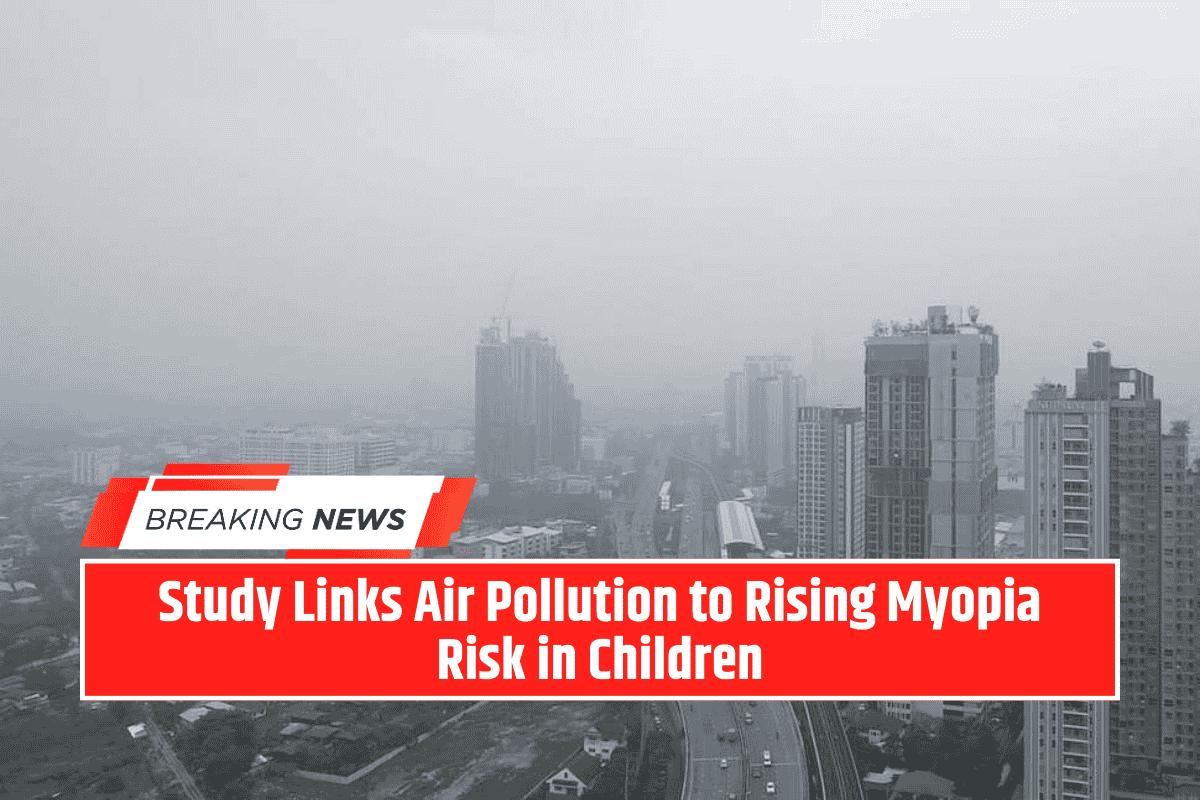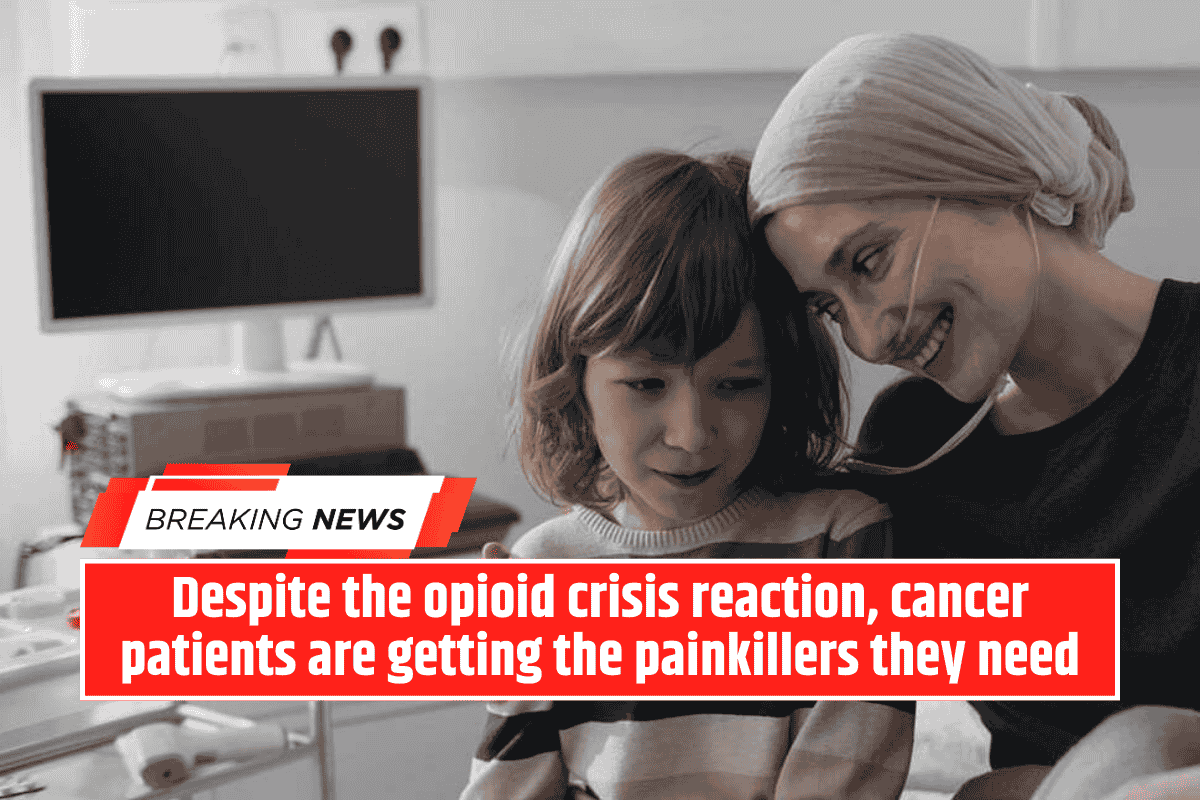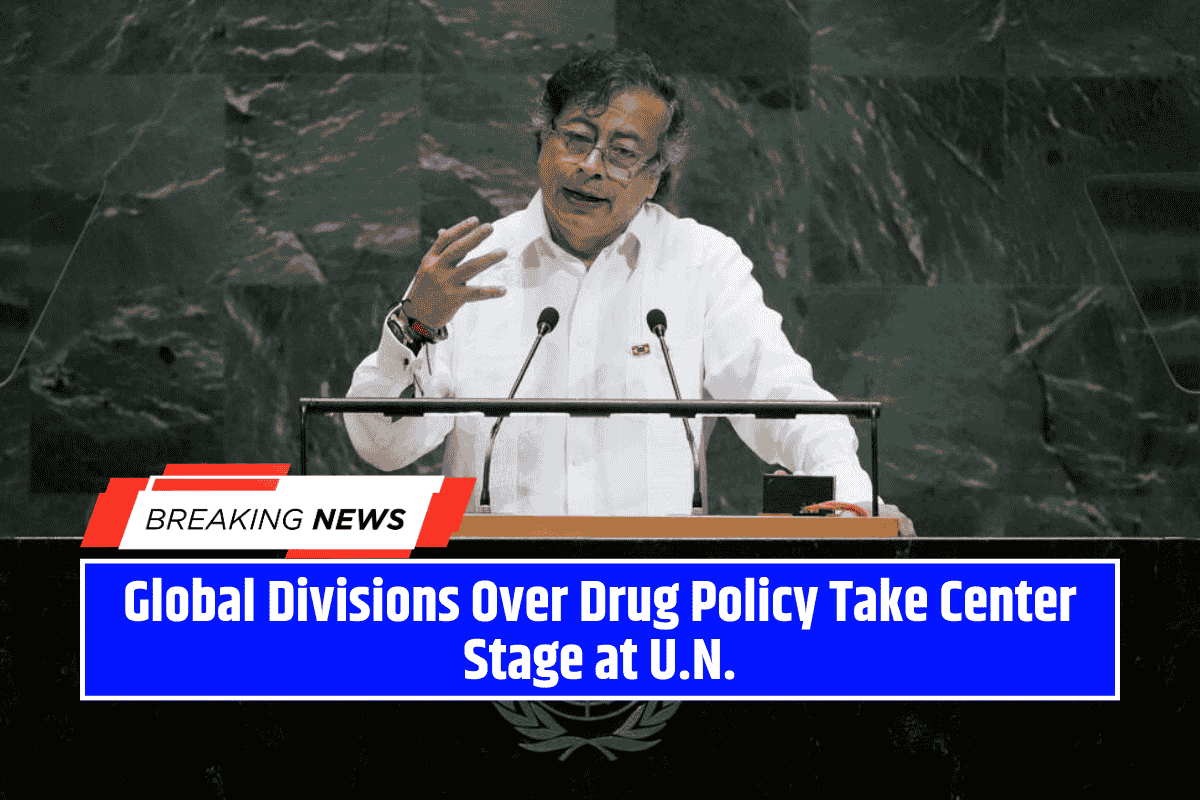Public health in the United States is shaped by a mix of smart policies, active communities, and strong healthcare systems. From New York to Los Angeles, cities are learning that having the right health policies can create safer, healthier lives for people.
But building these policies takes more than just medical knowledge. Leaders must also understand the social, economic, and environmental factors that affect people’s health. When all these pieces come together, the result is a healthier and more resilient society.
Understanding the Role of Health Policies
Health policies guide how public health services are planned and delivered. They help decide where resources go, what problems to focus on, and which solutions to use.
For example:
- In Los Angeles, poor air quality led to rising cases of asthma. So, the city introduced stricter vehicle emission rules and promoted eco-friendly public transport.
- In Houston, better access to clean water helped reduce waterborne diseases in poor neighbourhoods.
In cities like Chicago, health departments use data to track disease trends. By studying hospital records, vaccination rates, and health risks like obesity or diabetes, officials create health programs that match the needs of different communities.
Focusing on Prevention First
Preventive healthcare is one of the most powerful tools in public health. Instead of just treating people after they get sick, cities invest in programs that stop diseases from happening in the first place.
- In Boston, vaccination drives, nutrition programs, and community fitness initiatives have led to fewer cases of preventable diseases.
- In Seattle, awareness campaigns about mental health, healthy diets, and physical activity have helped reduce obesity and heart disease.
These efforts not only make people healthier but also cut down on healthcare costs by preventing serious health problems before they begin.
Tackling Health Inequality
Not everyone has the same access to healthcare. In cities like Detroit, some neighbourhoods struggle with poor hospitals, unhealthy food options, and unsafe environments.
To fix this, the city:
- Opened more local health centres
- Launched mobile health clinics
- Used telehealth to reach people in remote or underserved areas
In Miami, where the population is very diverse, health programs are designed to suit different cultures and languages. This helps build trust and ensures everyone gets the care they need.
Using Technology for Smarter Health Strategies
Technology is playing a huge role in improving public health in the U.S. In San Francisco, digital tools help health officials:
- Monitor disease outbreaks in real-time
- Track vaccination numbers
- Predict future health problems using AI
In New York City, predictive models are used during flu season to guide vaccination efforts and warn the public. These smart systems help cities act fast and save lives.
Designing Cities for Better Health
Where people live affects their health too. Cities like Portland are creating environments that support healthier lifestyles by adding:
- Walking and cycling paths
- Green parks and trees
- Cleaner transport systems
All these reduce pollution, boost physical activity, and even improve mental well-being. In Miami, disaster preparedness is also part of public health planning. This includes emergency health services during hurricanes or pandemics.
Getting Communities Involved
Good policies don’t work unless the community supports them. In Minneapolis, residents are invited to take part in health meetings, offer feedback, and even help decide how health budgets are spent.
When people feel heard and involved:
- They follow health guidelines more willingly
- They share important local insights
- They take ownership of their community’s health
This partnership between citizens and city leaders builds long-term trust and success.
Looking Ahead: A Healthier Tomorrow
The journey towards safer, healthier communities in the U.S. is always ongoing. Cities that invest in:
- Preventive care
- Fair access to healthcare
- Technology and innovation
- Community involvement
are already seeing better health outcomes.
Places like Boston, Los Angeles, and San Francisco show that when cities use data, listen to people, and take action early, they can prevent health crises and improve life for everyone.
In the end, public health is about more than hospitals and medicine. It’s about giving every person the chance to live well—physically, mentally, and socially. When policies are fair, smart, and inclusive, they help build a stronger future for all.









